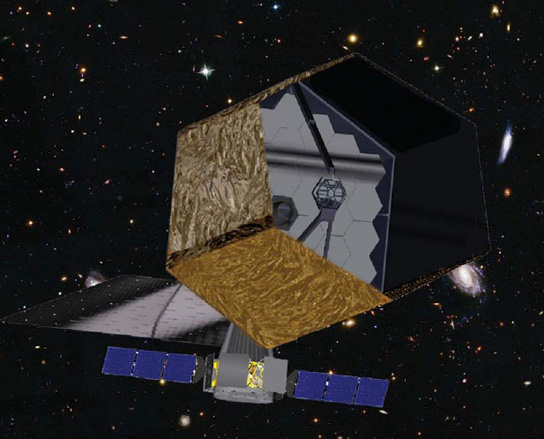ATLAST is Being Designed to Discover Life on Planets
November 5, 2012

8-meter monolithic mirror telescope (credit: MSFC Advanced Concepts Office)
The Advanced Technology Large-Aperture Space Telescope (ATLAST) will be able to characterize the atmosphere and surface of exoplanets within 200 light-years. ATLAST will have a 16-meter aperture, which means that it will have an angular resolution five to ten times better than the JWST, along with a sensitivity limit 2,000 better than Hubble.

16-meter segmented mirror telescope (credit: Northrop Grumman Aerospace Systems & NASA/STScI)
The planned launch date of ATLAST is sometime between 2025 and 2032 and it will be put in orbit relatively close to Earth, allowing regular service missions that should keep it running for at least 20 years.
No comments:
Post a Comment